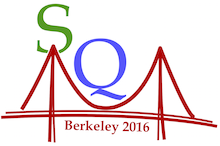Speaker
Wangmei Zha
(USTC/BNL)
Description
| On behalf of collaboration: | STAR |
|---|
Author
Wangmei Zha
(USTC/BNL)

